Do you process commercially compostable materials?
Yes and No. Commercially Compostable Materials (CCMs) are a bit of a grey area; there is no standard to which CCMs are held, so there isn't a clear definition as to what they are, how they are made, and most importantly how they are degraded under commercial composting conditions, what impacts there are when this occurs, and under what timeframe this decomposition should occur (technically, concrete is compostable given the right conditions and enough time, but would we call that compostable?)
Many Commercially Compostable Materials are made from cardboard that has been coated with a resin made from gum. These materials break down under the high heat conditions created in many large scale composting operations. This coating is called PLA (Poly Lactic Acid) which releases significant amounts of methane during the decomposition process.
Compostable plastics are just as bad (if not worse). These plastics rely on microbes to break them down over time, and essentially break down into water, Carbon Dioxide (CO2), and Methane. None of which is a great result for the environment.
So, while technically we can (and do) break down some commercially compostable materials for our clients, we prefer not to intake commercially compostable materials if we can avoid it. We don't believe they are really solving the problem at hand. They make people feel like they are making a postive change for the environment, when in fact harm is still being done, it just isn't as visible.
Our preferred approach is to encourage restaurants and cafes to not use these products, but rather embrace true re-usable solutions. A great example of this is Again Again. This is an awesome Kiwi business that is championing true re-use of containers. They started with coffee cups, but are expanding into containers this year which is super exciting and is something we strongly recommend to anyone wanting to make a real impact on reducing our harm to the planet.



